
9 Archaeological Finds Scientists Still Can't Explain
Braving the sun's furnace, a fire determined to bake everything, whether living or non-living. Digging up ruins for long hours—sometimes in the terrifying cover of darkness—and where human settlements are few and far between. And then meeting weird people and weird things. This is the life of an archaeologist. Yet, all these pale compared to the sheer thrill of making a huge discovery. Consider the major finds, for instance, at Pharaoh Tut’s tomb. Or even the Rosetta Stone, the key that finally made it possible to decipher the hieroglyphs. However, it is also not rare that archaeologists fail in their endeavors. For example, up to now, they have searched in vain for Cleopatra’s tomb and disagree on the actual purpose of Stonehenge. As curious creatures, humans continue to shine the spotlight on these archaeological finds that scientists still can’t explain.
Stonehenge
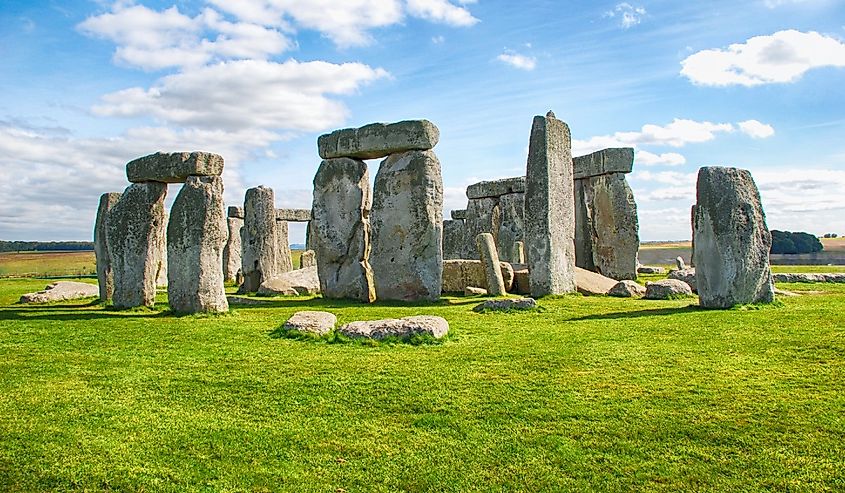
Located on Salisbury Plain, about 88 miles southwest of London, lies one of the most famous landmarks on Earth. Made up of seemingly ordinary megalithic stones, Stonehenge is arguably the most architecturally sophisticated prehistoric stone circle on Earth. It has piqued the interest of historians, archaeologists, and the general public for ages. Unwilling to believe that Stonehenge could be the work of human beings in an age that lacked meaningful technological sophistication, some have hypothesized that this archaeological marvel was the work of aliens. Today, one of Stonehenge’s unresolved aspects is the purpose it was built. Was it a healing center, as some theories have proposed? A religious site or an expression of the authority of the ruling chieftains? The jury has long been out.
The Pyramids of Egypt
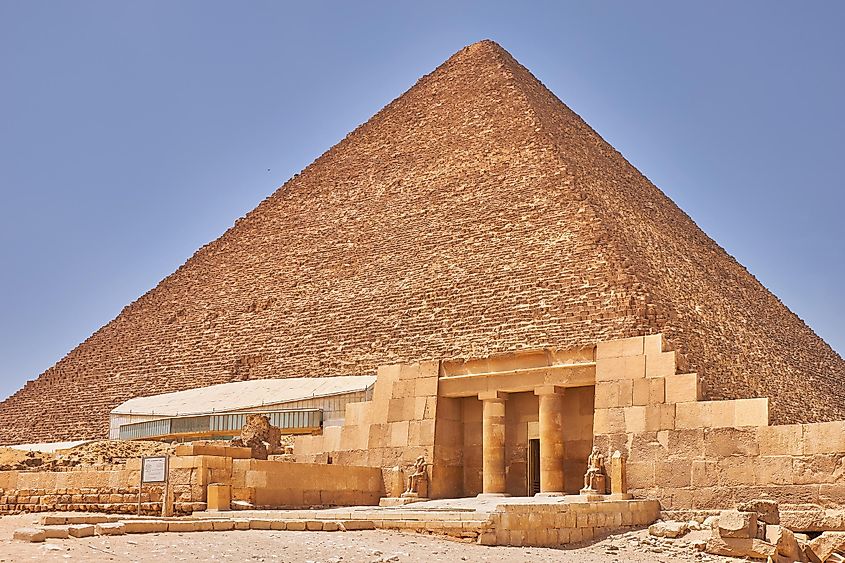
Considered by many the cradle of Western Civilization, and the intellectual fountainhead of Greece and Rome, Egypt has not ceased to fascinate mankind. Whether it is Herodotus, who wrote that Egyptians “drink from cups of bronze…wear garments of linen always newly washed” and prefer to be “clean rather than comely,” — Caeser Augustus, who relocated Egyptian obelisks to Rome after the consequential Battle of Actium, or Napoleon Bonaparte, who sent scholars to Egypt to unravel its fascinating antiquities, Egypt is an archaeological and historical treasure trove that has no peer. Yet Egypt is more associated with the pyramids than perhaps even the Nile—or any other thing. Constructed using more than 2,300,000 blocks weighing an average of 2.5 tonnes, archaeologists and historians are still scratching their heads regarding how the pyramids were built.
Gobekli Tepe
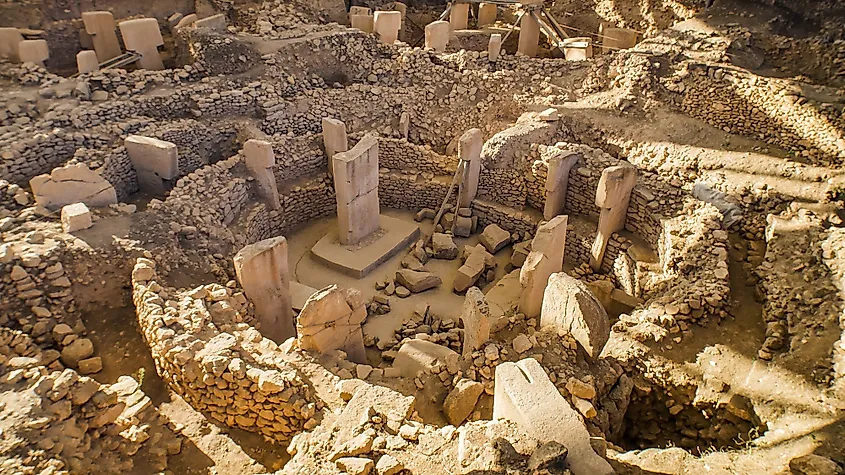
How did civilizations and cultures start, evolve, and grow? What came first, a centralized place of worship, physical settlements, or the farm? Well, it has always been accepted almost as an unassailable fact that humans first established their settlements, then started farming, before eventually constructing places of worship—be they temples or shrines. However, unique finds at Gobekli Tepe, a Neolithic archaeological site in the Southeastern Anatolia Region of Turkey, shred that long-held hypothesis. Considered the first temple on Earth and predating Stonehenge by six millennia, Gobekli Tepe’s builders, because of the overwhelming presence of hunting-related finds on the site—may have been hunters after all. To an extent, Gobekli Tepe is an intriguing mystery because it alludes to the importance of places of worship in early civilizations.
The Copper Scroll

Looking for their missing sheep, two Bedouin shepherds threw a stone into a cave, thinking that perhaps, a number of his flock were trapped there. The year was 1947. What came back, however, was not the bleating of sheep but the sound of shattered pottery. Curiosity piqued, the two shepherds decided to find out what the stone had hit. They found several clay jars with nothing inside but old scrolls, browned with age. Known today as the Dead Sea Scrolls, many consider these the greatest archaeological finds of the 20th century. One clay jar, however, did not have scrolls made of leather or parchment—but copper. The writing on the copper scrolls referred to a cache of gold and silver, valued at almost $3 billion, hidden in different regions in Israel. To date, no one has figured out the exact locations of this massive cache. Also, the language in which the Copper Scroll was written — featuring a style of Hebrew 800 years older than the scroll itself, is as mysterious as the locations of the referenced cache.
Pharaoh Tut
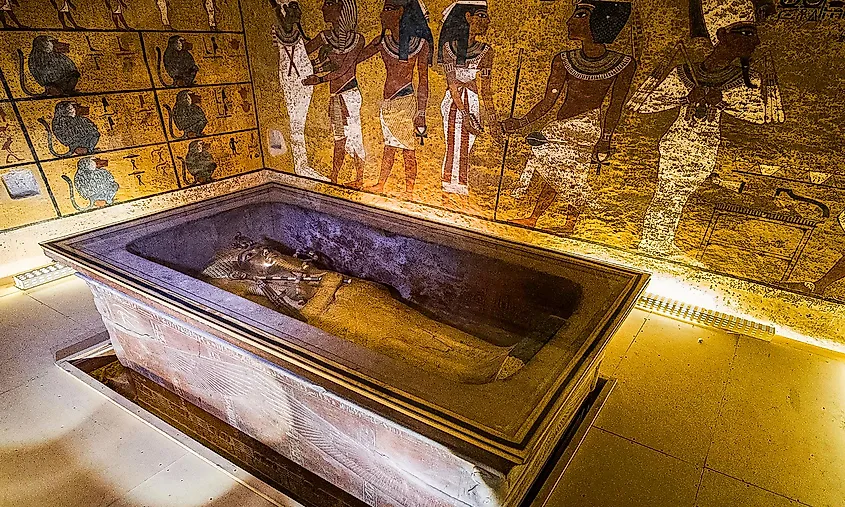
Officially known as Tutankhamun, Pharaoh Tut is Egypt’s most famous pharaoh. Yet, while the boy king who died around age 19 might be the most famous, there is nothing incredibly special about his reign. His modern fame can be attributed to the sizzling discoveries of British archaeologist named Howard Carter. This find was consequential because it endures as the best-preserved tomb ever found in the Valley of Kings. The world stood in awe as the archaeologist revealed intriguing details about how Egyptians buried their kings. However, not everything regarding the boy king and his tomb has been resolved. For instance, archaeologists have not figured out what killed Pharaoh Tut, especially at that tender age. Then again, since Tut’s tomb looks tiny for a pharaoh, archaeologists are puzzled as to whether it was Tut’s real tomb or someone else’s tomb but repurposed when the king died.
The Hobbits
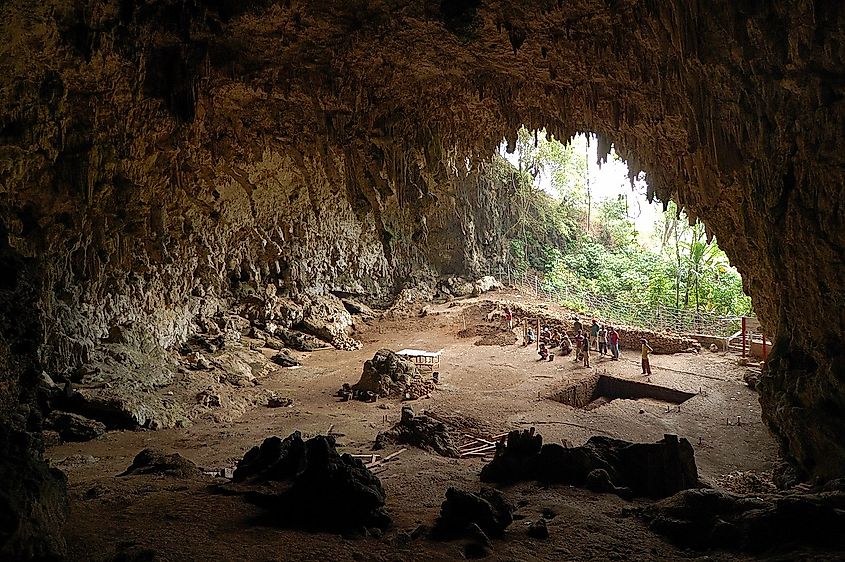
Today, the average height of an American male adult is 5 feet 9 inches. An average American female, however, stands at 5 feet 4 inches. Compare these figures to 3.5 feet, the height of humanoid fossil scientists discovered on Indonesia’s Island of Flores. Later, scientists named this unique archaeological find H.floresiensis (or Hobbits) to honor the island where they found this one-of-a-kind fossil. This could not be Homo sapiens. And because of their diminutive size, they could not also be Homo erectus. Archaeologists believed they had chanced on what could be a different human-related species. The problem, however, is the loud absence of a family tree. While several hypotheses have come forward, no theory is iron-clad.
Nazca Lines
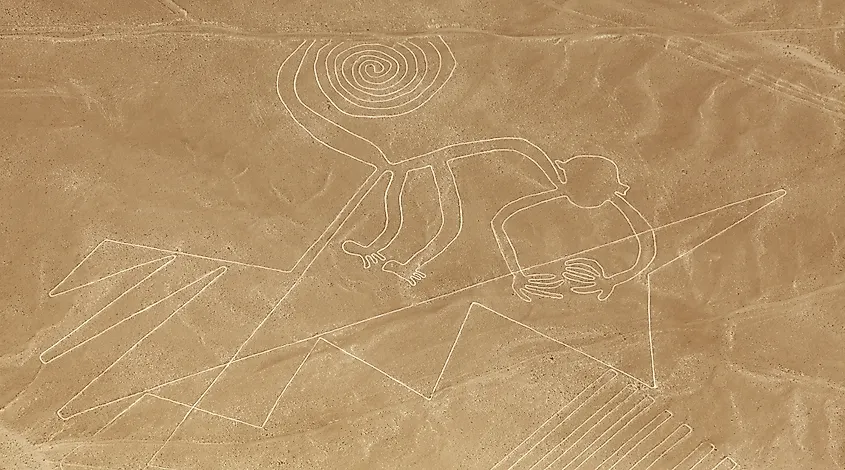
200 miles southeast of Lima, on a desiccated desert that receives less than an inch of yearly rainfall, lies another archaeological mystery that still makes scientists scratch their heads. Known as the Nazca Lines, in honor of the town closest to them, these finds are a collection of unique shapes, first spotted by commercial aircraft, that continue to puzzle archaeologists. The types of shapes here vary and include trapezoids, straight lines, rectangles, and swirls. If looked at keenly, these shapes are outlines of animals. People have seen the outline of a hummingbird, for instance, and a monkey. But some are depictions of plants. While scientists believe these are the handiworks of the pre-Inca Nazca culture, they are baffled about their purpose.
Qin Shi Huang's Tomb
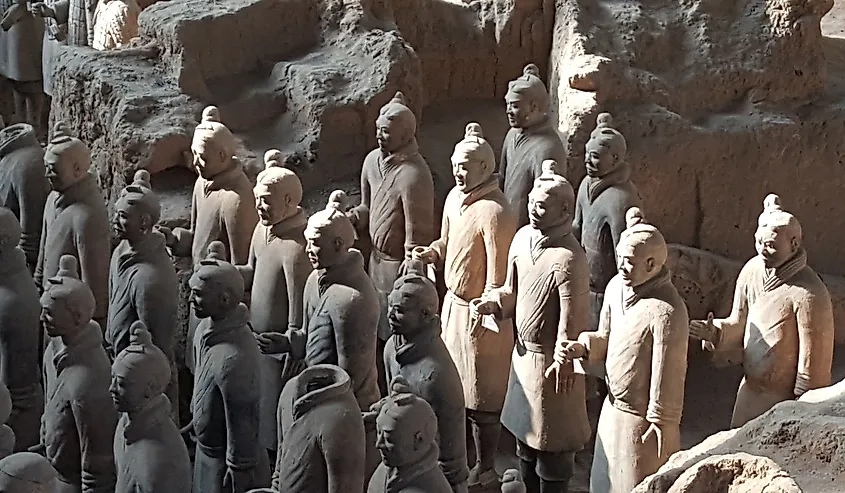
Marco Polo left in awe after traveling to China in the 13th century. He would later marvel at China’s complex social structure and the empire’s immense wealth. The presence and use of paper money—did not also help matters. In 1974, ordinary Chinese farmers would stumble on what many regards as among the most profound archaeological finds of the last century—the life-size terracotta army of Emperor Qin Shi Huang, the founder of the Qin dynasty and the first emperor of a unified China. Scientists have always known that the clay army was to protect Qin Shi Huang in his tomb. Yet, while archaeologists know the site of Qin Shi Huang’s tomb, they have not figured out how to excavate it. This is because the tomb, regarded as the most opulent in China, is encircled by a subterranean moat of poisonous mercury. Will science one day help surmount the forbidding hurdle?
The Sanxingdui

"We can make our lives sublime," wrote Henry Wadsworth Longfellow, "And, departing, leave behind us — footprints on the sands of time." However, the mystery of the Sanxingdui civilization, a culture on whom the curtains closed about 3,000 years ago, is that they never left any footprints on the sands of time. In the year the stock market crashed in the US, setting off the worst economic downturn in the history of the industrialized world, a Chinese man repairing a sewage ditch stumbled on a treasure trove of jade. Because of this find, archaeologists later discovered two more pits full of Bronze Age treasures, including jade. While scientists have attributed these incredible treasures to the Sanxingdui civilization, they have yet to figure out why members of this ancient civilization buried so many artifacts in pits — before disappearing without a trace.
Archaeology is not for the faint of heart. It involves working long and hard—and in conditions that test the limits of human patience. Regardless, their finds are incredibly important. They shed the spotlight on ancient cultures and ancient figures we currently know little about. In other instances, however, their discoveries only give us half answers—or elicit more questions — instead of iron-clad answers. Such is the story of Stonehenge, Pharaoh Tut, and Peru’s Nazca Lines. And while these fascinating questions can be frustrating, they are often part of the excitement: The thrill in the chase.











